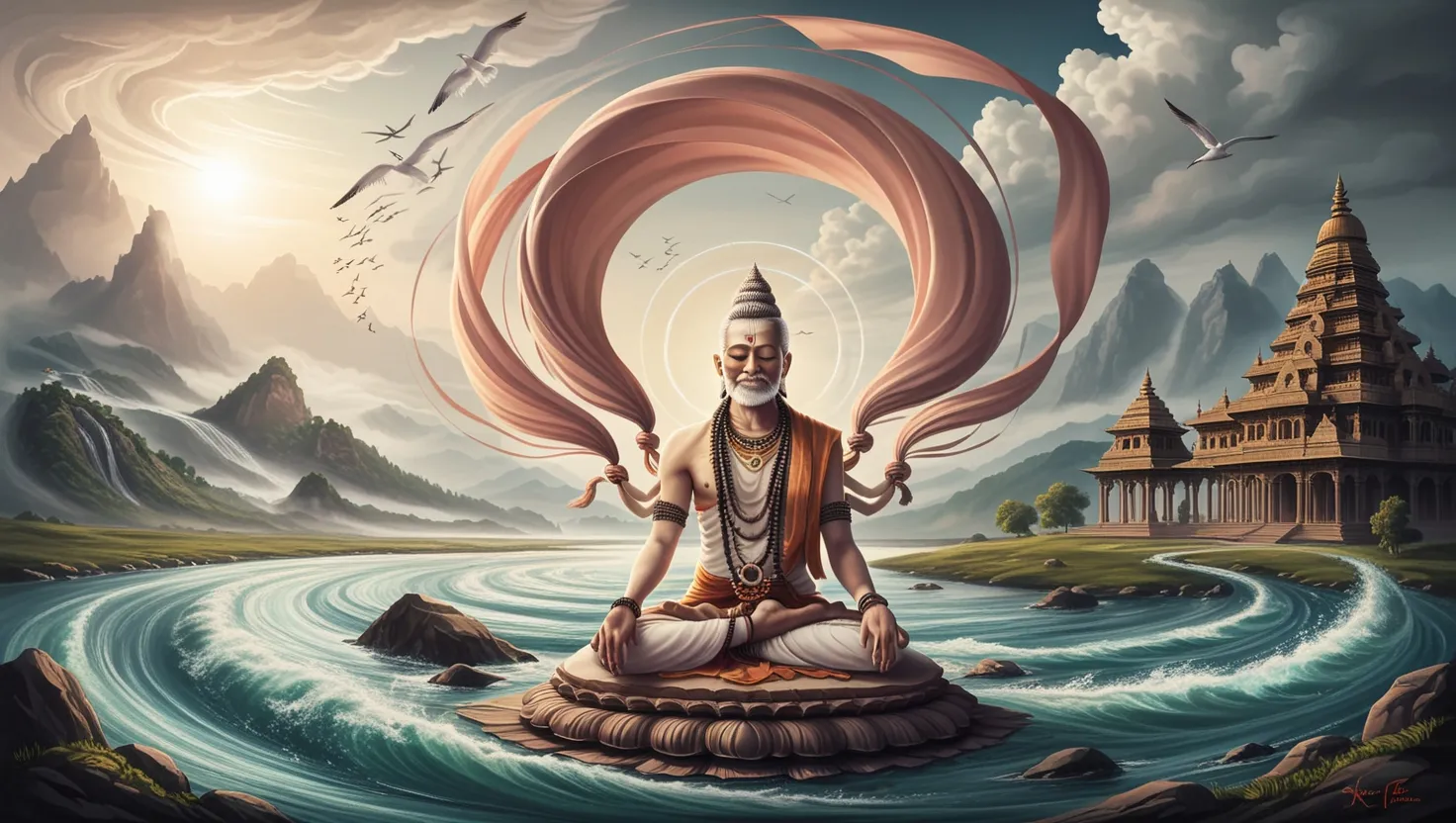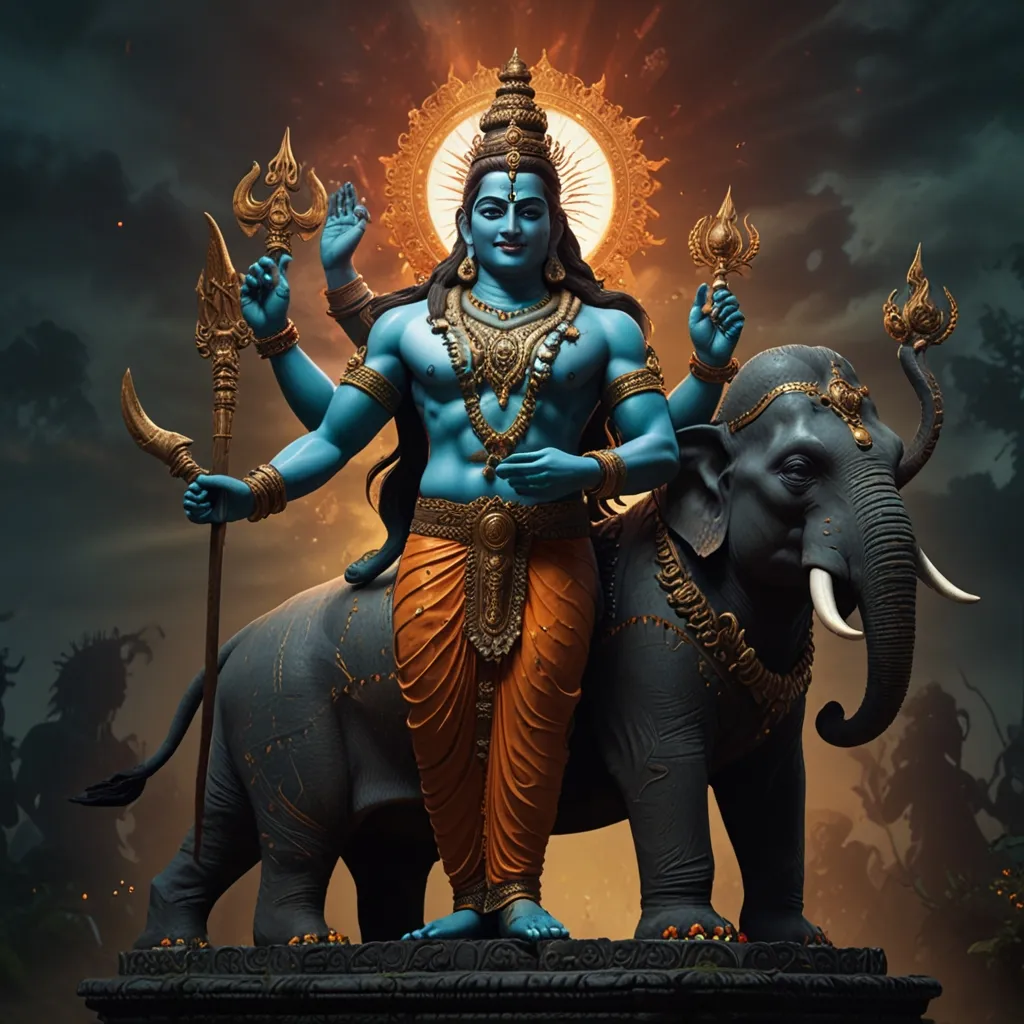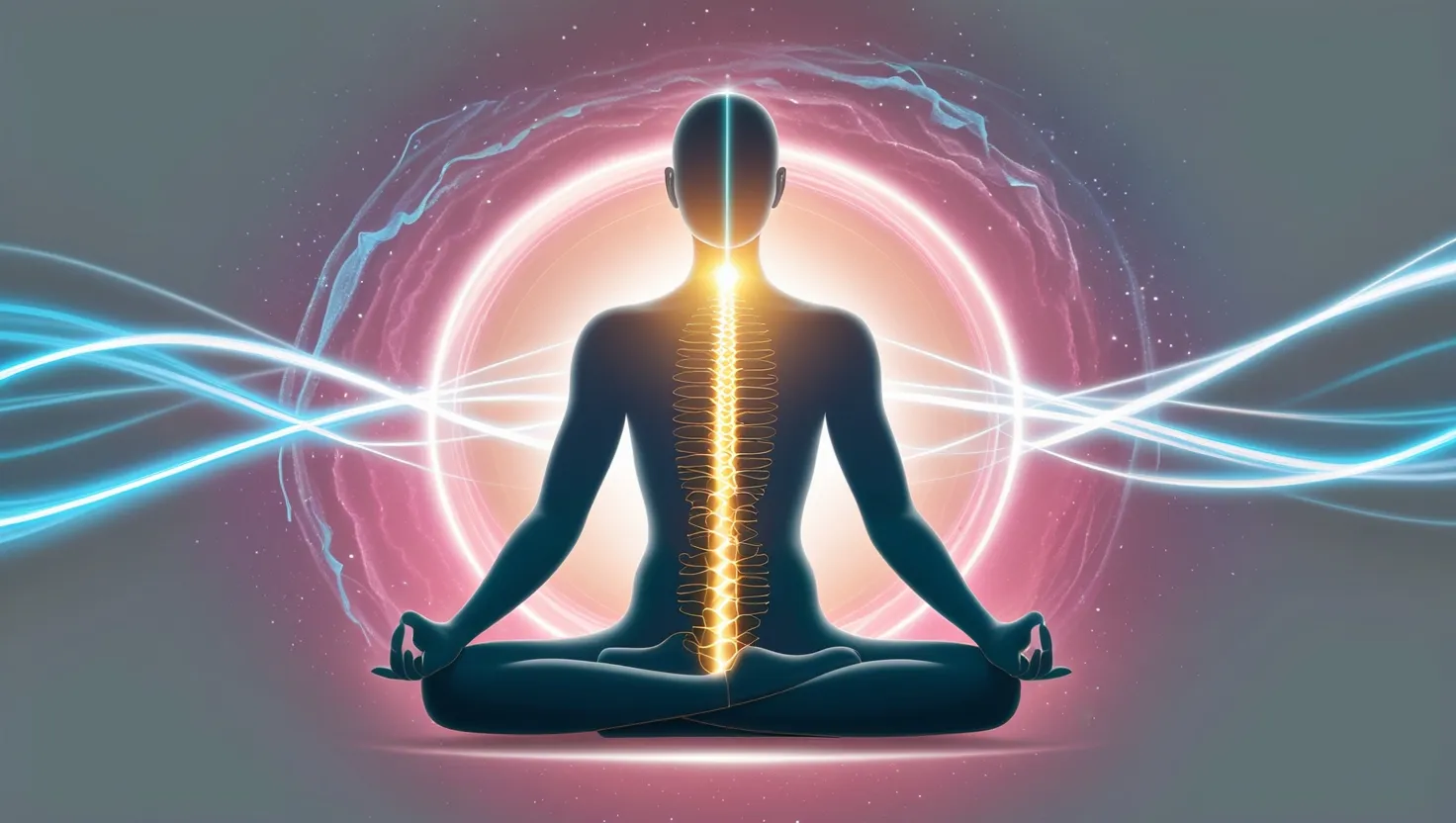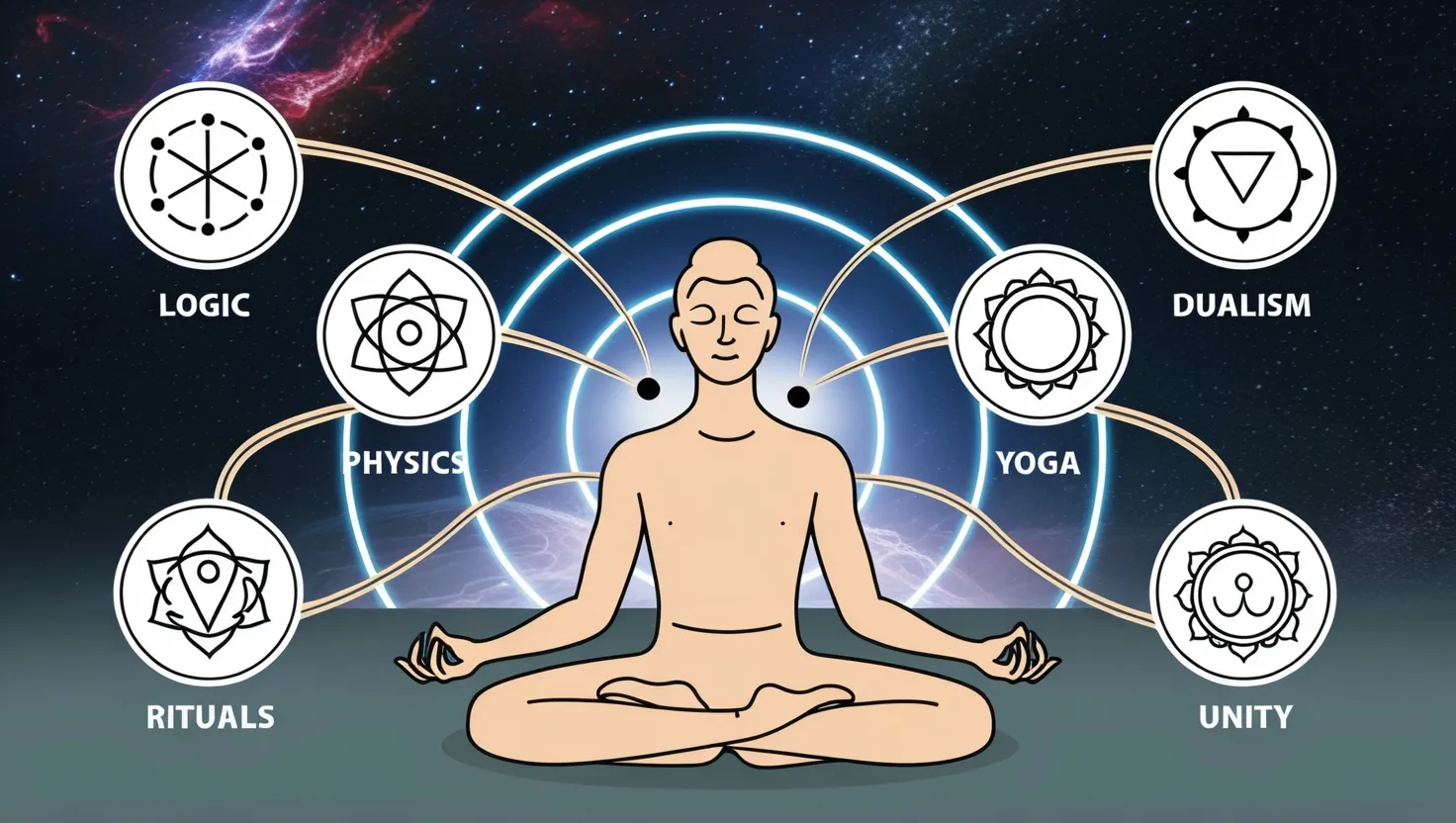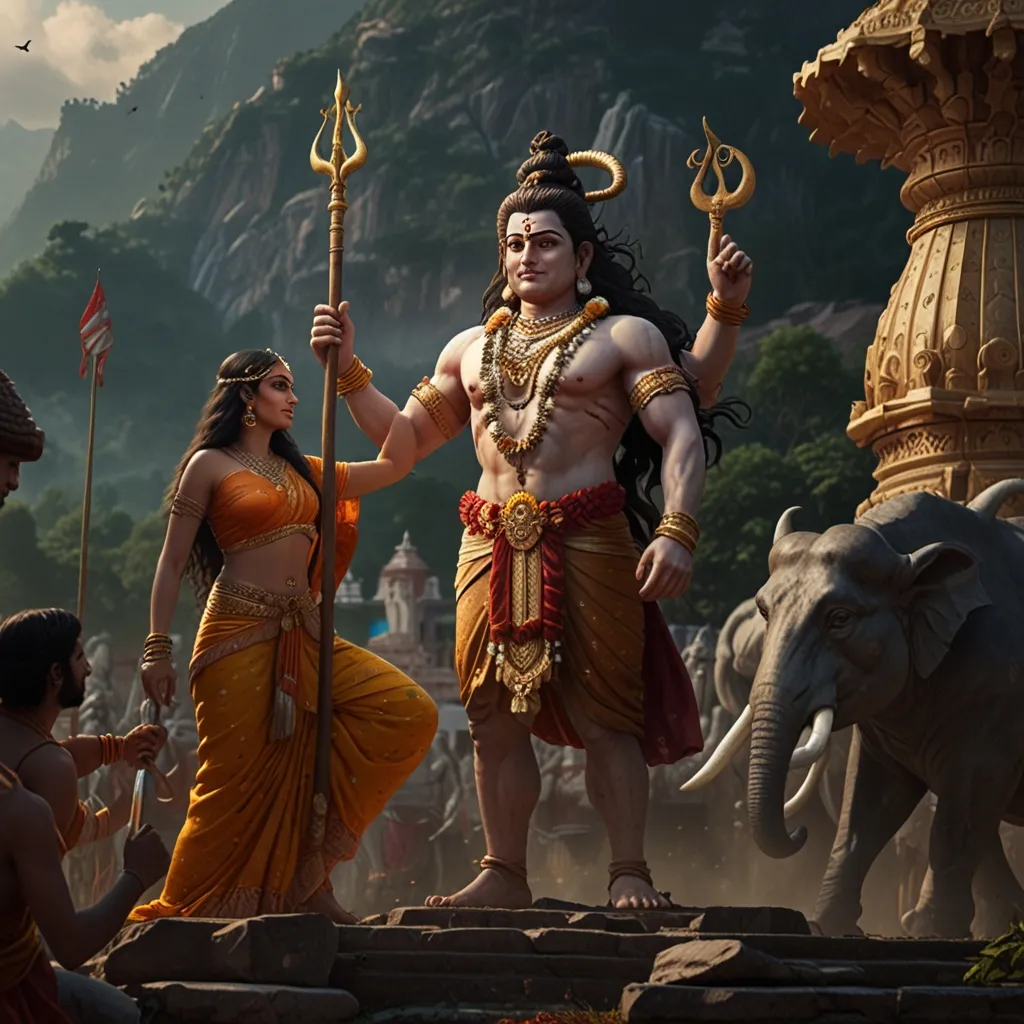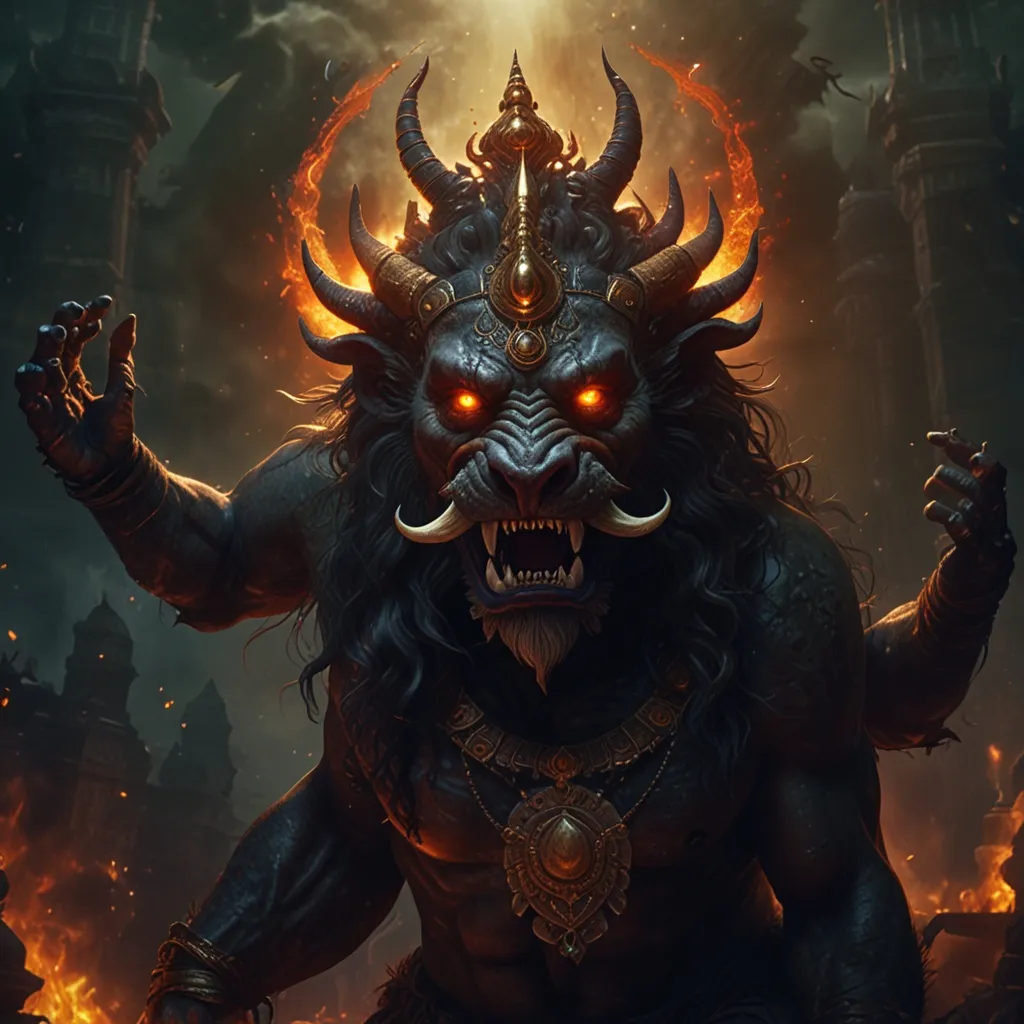Have you ever wondered why ancient texts dive so deeply into the natural world and its forces? For me, exploring the Vayu Purana, it’s clear that this text doesn’t just relay mythology—it offers a lens through which we can see the world itself as an interconnected whole. Here’s what makes the Vayu Purana unique: it treats the winds, the forces of land and time, not as background or metaphor, but as real, animating principles in everyday life.
When I first encountered the Vayu Purana, I was struck by how it frames Vayu, the deity of the wind, not simply as a mythic personality, but as the vital energy of our existence. Vayu isn’t far away in a celestial palace; he is quite literally the breath that powers every living thing. The same energy that rustles the forests and stirs the monsoon clouds fills our lungs each moment. The text invites us to consider: what if the force that turns the universe also moves within us?
“If the doors of perception were cleansed every thing would appear to man as it is, Infinite.” — William Blake
The idea of mapping geography through sacred storytelling stands out for me. The Vayu Purana takes painstaking care to describe mountains, rivers, and regions of ancient India. But there’s something deeper here than geography class. To the original audience, these were not just physical landmarks—they were thresholds to realms of spiritual significance. The land itself became a living reminder of divine presence.
One fascinating detail is how the Purana documents ancient tribes, kingdoms, and even trade routes. It’s easy to overlook, but these lists function as far more than records—they’re evidence of a culture seeking to tie its history to cosmic rhythms. Can you imagine being part of a society where every mountain is a memory, every river a link to your ancestors, and every ritual aligns you with the heartbeat of nature?
“We know what we are, but know not what we may be.” — William Shakespeare
Another compelling narrative is that of Hanuman, the son of Vayu. In popular culture, Hanuman is known for his superhuman feats and loyalty, but here we find a fuller portrait—a being whose strength comes from inner discipline, devotion, and alignment with natural law. The text spins Hanuman’s story not only as myth but as a call to fuse courage with service. Have you reflected on how personal strength, when matched with unwavering purpose, becomes an instrument for good in the world?
Delving into time itself, the Vayu Purana overflows with complex cycles and ages—kalpas, manvantaras, yugas—each marking a rhythm of creation and dissolution. This cyclical view contrasts starkly with the linear perspective we often assume in the modern world. Here, time is not solely an arrow but a wave. It reiterates a message: nothing is perpetual except change. The world breathes in and out, like Vayu himself.
“Time is a created thing. To say, ‘I don’t have time,’ is like saying, ‘I don’t want to.’” — Lao Tzu
The intricate genealogies chart the passage from gods to kings to heroes, creating a bridge from mythic past to the hear-and-now of ancient listeners. These records weren’t only political propaganda. In their pragmatic enumeration lies a powerful idea: history is not a series of isolated events but a chain where every generation echoes cosmic order. This orientation still affects how many people in South Asia relate to both ancestry and leadership—tracing roots not just to parents, but to the very beginnings of the universe as described in sacred verse.
Cultural continuity emerges as a key theme. Through the detailed accounts of rituals and social codes, the Vayu Purana asserts that daily action is more than personal ethics—it’s participation in a cosmic dance. Each class and stage of life brings specific duties, but the text emphasizes harmony, not hierarchy. How does our own sense of duty measure up when we view it as part of the world’s balance rather than individual accomplishment?
“You must be the change you wish to see in the world.” — Mahatma Gandhi
The elevation of rituals in the Vayu Purana is particularly interesting for its ecological undertone. Festivals and ceremonies linked to natural cycles—harvests, solstices, monsoons—remind us that every ritual act is in dialogue with the environment. The offering of thanks at a riverbank, the ringing of bells at sunrise, the lighting of lamps at dusk—if you’ve ever participated in such moments, you’ve enacted a relationship with the world that is more than symbolic. This participatory view of nature is radically different from treating it as mere scenery or resource.
One unexpected cultural insight the Vayu Purana provides is its role as a negotiator of identities. In the genealogies and regional listings, the text recognizes diversity, even as it weaves everything back into the drama of cosmic unity. Local gods, ancient clans, foreign visitors—each finds a spot. The Purana becomes a living heritage document, one that can adapt and include the changing faces of society over centuries. Imagine how this flexibility helped communities weather wars, migrations, and transformations without losing a sense of who they were.
Nature in the Vayu Purana is not a passive backdrop. Wind acts as messenger, purifier, and destroyer—a powerful metaphor, certainly, but also a reminder of tangible reality. Without wind, the monsoons stall, crops wither, and disease can surge. The text teaches an attitude of respect: nature’s forces, when respected, nurture civilization, but when disregarded, unleash chaos. Have you considered lately how our own culture relates to the elements, not as foes to conquer, but as partners to honor?
“Look deep into nature, and then you will understand everything better.” — Albert Einstein
Amidst all this, the philosophical teachings weave through every chapter. The breath, or prana, receives special emphasis. In the Purana, breath is sacred—a bridge from body to cosmos. Modern medicine now confirms how breath regulates health and emotion, but the sages intuited this millennia ago. Practices of mindful breathing, rooted in the reverence of Vayu, can be found carved into the oldest scripts. It’s a rare place where spirituality and biology harmonize so elegantly.
It’s easy to take social codes as rigid, but the Vayu Purana’s approach is surprisingly dynamic. The rules for each stage of life and social order are practical responses to observed patterns, not arbitrary restrictions. Through this ordering, the Purana aims to foster a society where individual growth aligns with collective well-being. Every person, no matter their station, plays a role in keeping the world in sync. Have you noticed ways in which your own life balances private needs and community responsibilities?
The unity of the natural and spiritual is perhaps the most revolutionary perspective the Vayu Purana offers. It teaches that to disregard the environment is to forsake one’s connection to the sacred. This message is almost prophetic in an age where ecological attention is more urgent than ever. Our world, seen through the Purana, isn’t just matter or spirit—it’s the place where both meet, always in flux, always in dialogue.
“Earth has music for those who listen.” — George Santayana
By paying attention to ancient wisdom, I often find new angles for seeing the present. The Vayu Purana, with all its cataloging of winds, rivers, and lineages, ultimately points us toward a radical humility. Instead of assuming mastery over the world, it calls us to participate, to observe, and to honor the complexity of forces—natural, cultural, and spiritual—that shape us.
So, how might your daily actions change if you saw the wind as the breath of a living universe, and your own breath as a sacred act? Would rituals and routines feel routine, or would each become a moment of communion? As we reflect on the seven natural forces from the Vayu Purana, the insight that stays with me is that everything is interconnected—the air, the land, the passage of time, our communities, and our aspirations for meaning.
What would it look like to bring that sense of reverence into our attention, our decisions, and our dreams—today and every day?
